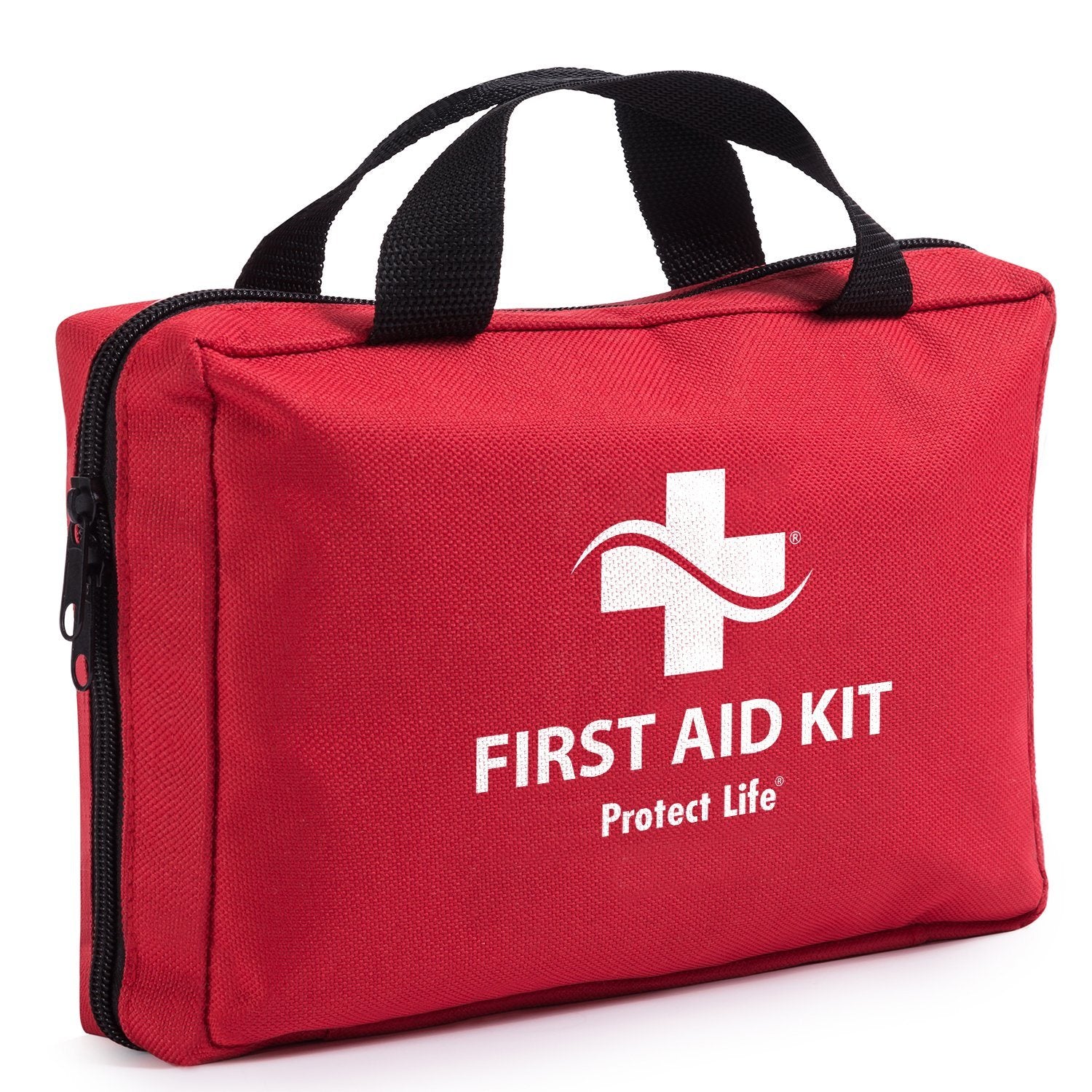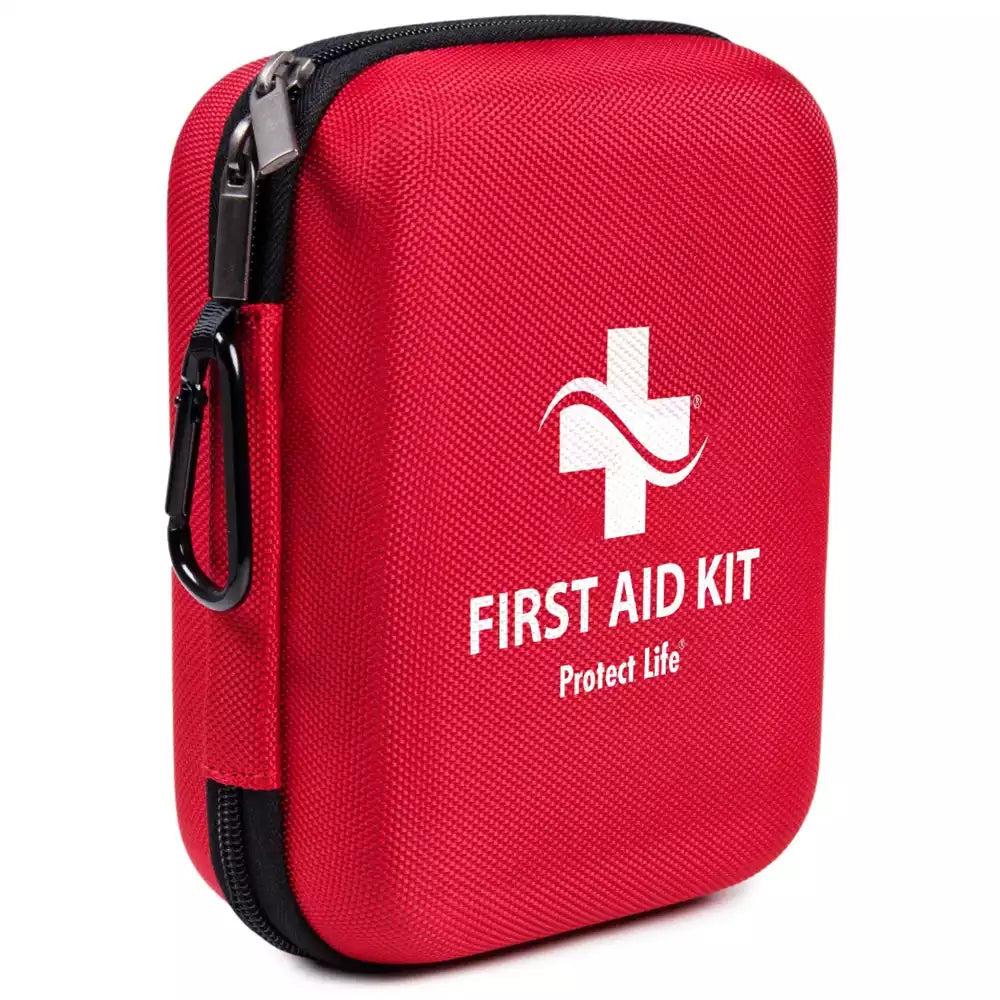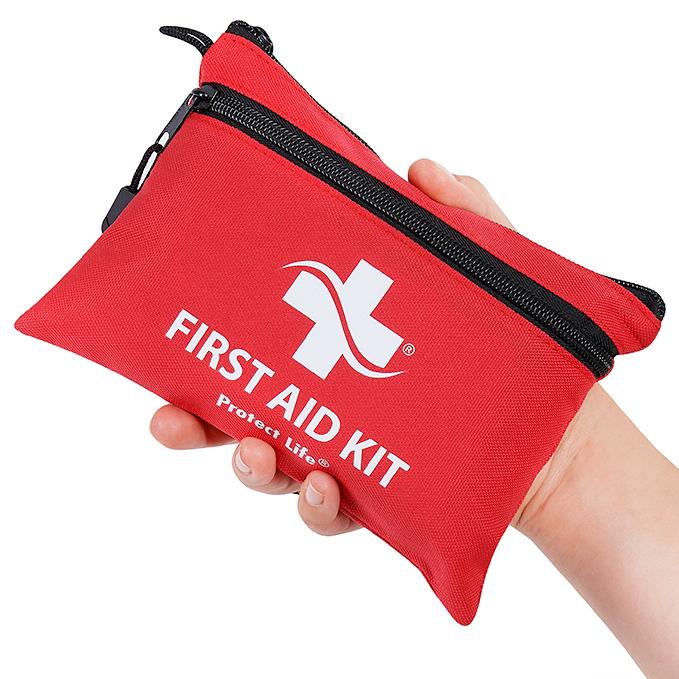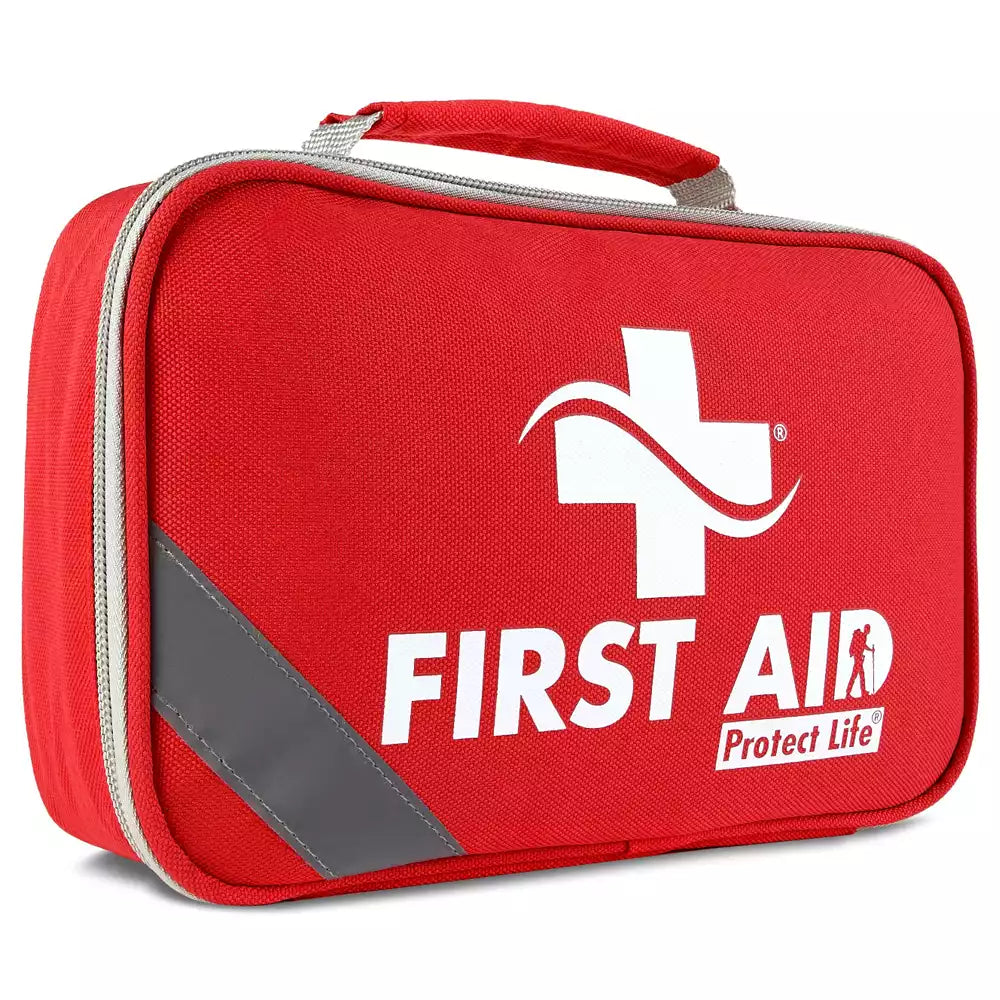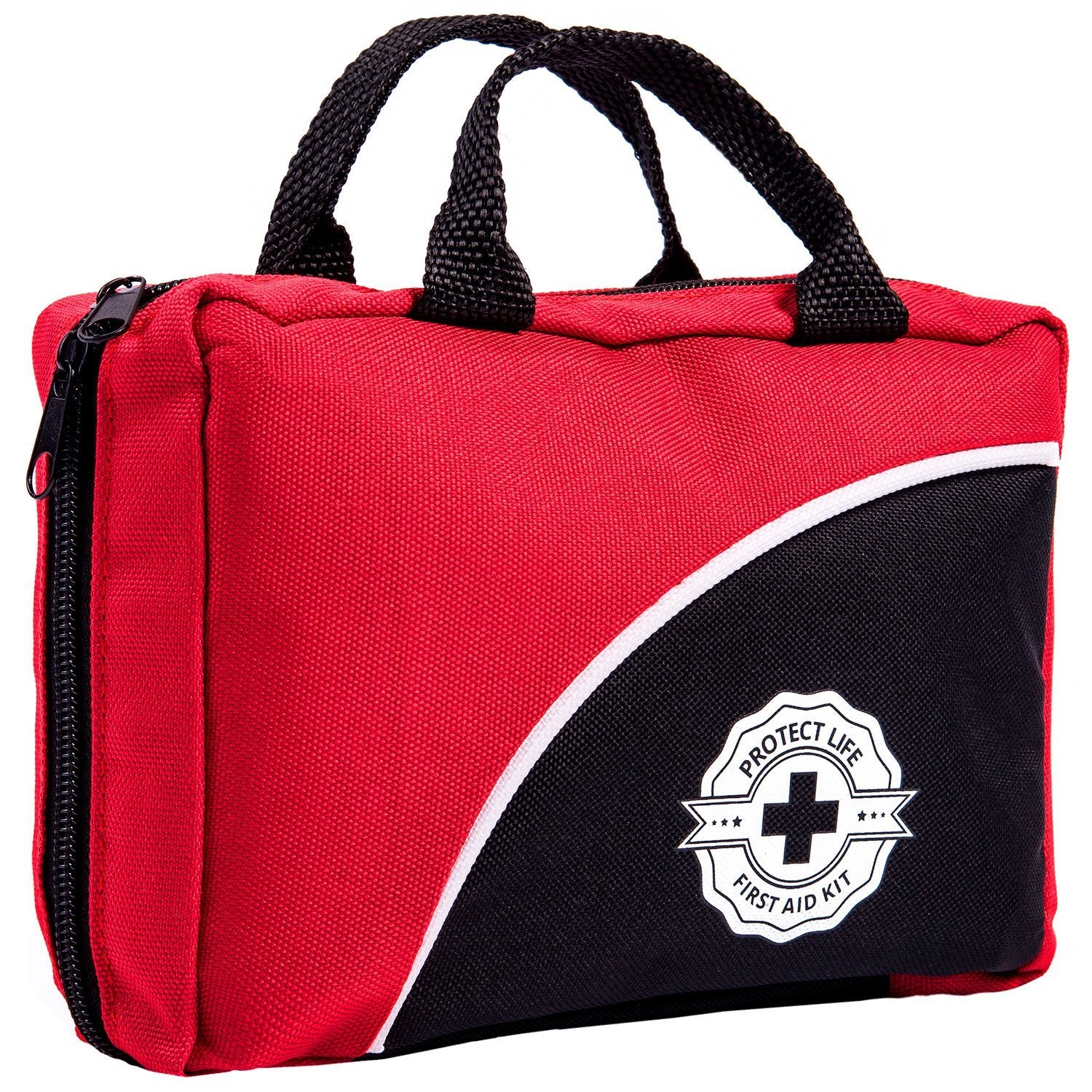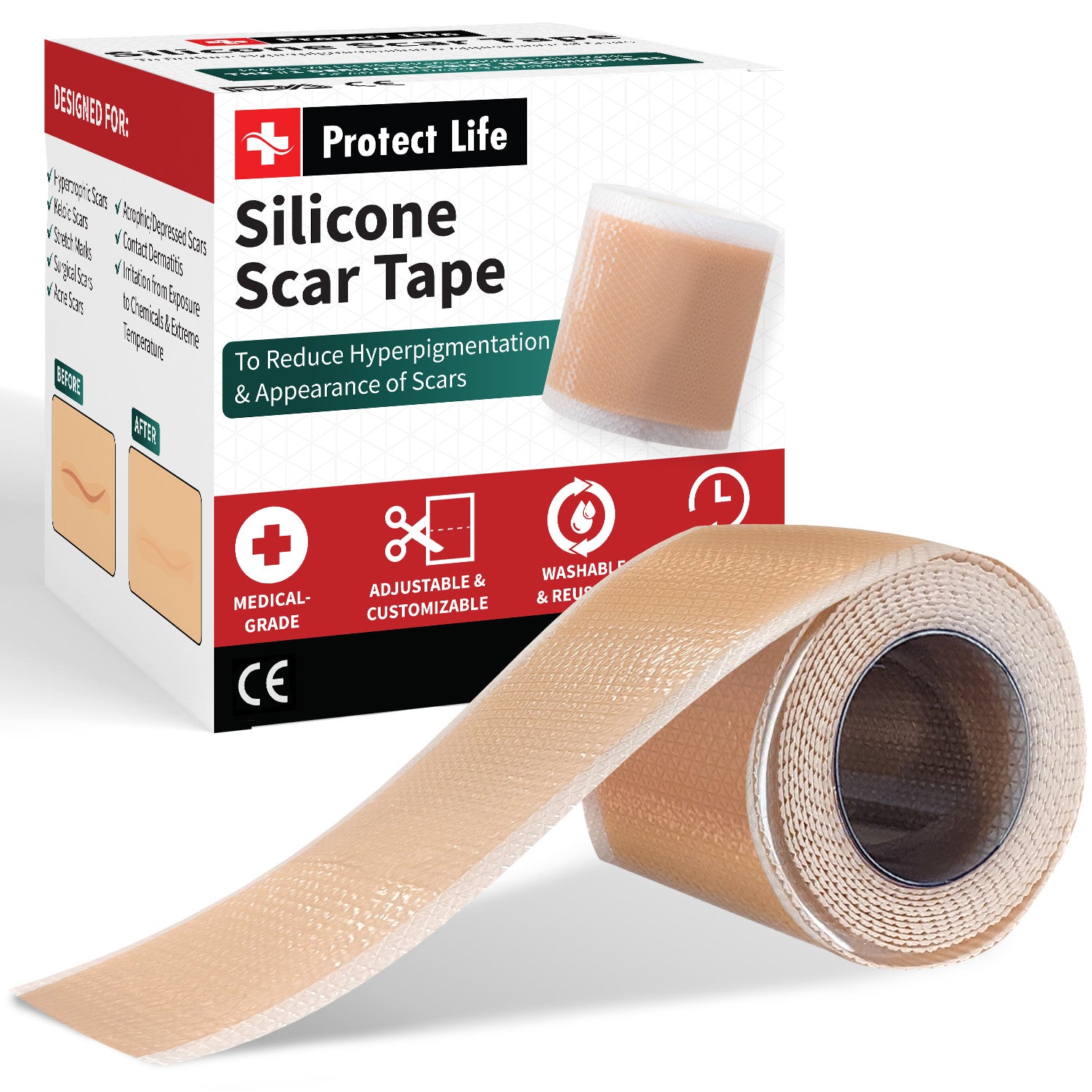FAQs
N95 MASKS
Are the masks NIOSH Approved?
The masks are NIOSH approved and you can make a search on the CDC website using the TC number corresponding to each model, you will see the approval for our company on Private Label. All the details are on the packaging box as well.
What mask will protect from bad air quality?
Particulate respirators are usually the best call for most people who are concerned with keeping their lungs healthy during an extreme air event. N95 are the most common respirator masks available and are usually sufficient for reducing the exposure. The “95” means the mask is capable of filtering out 95% of particles sized 0.3 microns. The letter part of the rating is less important as it refers to the mask’s ability to resist oil-based liquids such as automotive fluids that may splash on the mask in occupational settings. “N” means that mask is Not oil resistant. The N95 is the best option for most since higher numbers or more oil-resistant ratings also make it more difficult to breathe. It is important to remember that NIOSH recommends a full seal between the mask and your face.
How often can you reuse the mask for indoor cleaning versus daily outdoor wear?
Ideally, disposable N95 masks should be replaced every day whether for indoor or outdoor use. This is the standard policy for businesses for which N95 masks are required. For personal use, it’s subjective...It is advisable to replace them whenever you feel that breathing becomes heavier...or when it starts to show a dirty color change.
Country of origin?
We are an American company and our products are manufactured in a modern facility in China, which meets the highest quality standards and certification.
Are the masks latex-free?
Yes, they are.
Does this work for ozone generator safety? When ozone machine is running to protect the lungs?
We suggest that you use a full-face respirator to reduce your exposure to high levels of ozone.
Does an N95 Mask work for cigarette smoke?
An N95 mask is designed to protect users from non-oil airborne contaminants but does not address the gases associated with second-hand smoke. It is highly efficient at protecting from many of the particles in smoke, and many of our customers feel an immediate benefit from the mask used for this purpose. But no half facepiece filtering respirator will protect you from all of the chemicals and gases in second-hand smoke. You would need a powered respirator for that.
Will a mask protect against nail polish and polish remover fumes?
Whenever possible, it is advisable to use products with the least hazardous chemicals in them. You should only use NIOSH-approved filtering facepiece respirators. Filtering facepiece respirators may be helpful when you are: buffing or filing artificial nails; or using acrylic powders. But it’s important to remember that this type of respirator will not protect you from vapors or gases. The filters may reduce chemical odors, but they may not protect you from harmful chemical exposure levels.
I have a beard and mustache. Is this designed to create a tight seal over facial hair?
It is not advisable to wear the respirator with beards or other facial hair that interferes with direct contact between the face and the edge of the filter.
Will these masks help with smells?
It really depends on the source of the smell and how strong it is. For lower levels of smells, a disposable dust mask can be helpful. The fit of the mask is also important because any air that doesn't come through the layers is clearly not going to be filtered, and won't have the benefit of all that nice absorption of the unpleasant odors you're trying to get rid of.
Will these filter out bathroom chemical cleaner?
Dust masks are manufactured to efficiently filter 95% of airborne particles free of oil, they do not protect against chemicals such as vapors.
What does it mean to "filter out particles free of oil"?
Examples of common non-oil based solid particulates include “dust” particles related to coal, iron ore, flour, metal, wood, or pollen.
If I get a really good seal, will my glasses fog up?
We have positive feedback from other customers' regarding your question. The exhalation valve reduces heat, moisture, and fogging build-up inside. This is a very common issue with other masks, and that's why so many customers choose our products.
Are the head straps adjustable?
Yes, the straps are adjustable.
Is this a good mask for home inspection use? Attics, crawl spaces, areas where there may be asbestos or fiberglass from insulation?
A dust mask is great at what it's supposed to do, which is blocking traditional dust. However, it is not enough to stop asbestos particles. You might need to search respirators that are equipped with HEPA filtered cartridges or an N-100, P-100, or R-100 NIOSH rating. These cartridges are specific for filtering out asbestos fibers.
What protection do they provide against mold?
The minimal type of breathing mask, or respirator, that should be used for protection from mold particles is an N-95 particulate respirator approved by the National Institute for Occupational Safety and Health (NIOSH). For a more comprehensive protection a full-face respirator with proper filters can/will filter more than an N95. So, for most situations an N95 mask, with a good fit is adequate for working in a moldy environment, but probably not adequate for mold removal, where the mold will be made airborne. The best info will be through NIOSH, or if working in an area with heavy mold, whoever is heading the rescue effort, Red Cross, Corps of Engineers, etc.
FIRST-AID KITS
Why is having a First Aid Kit so important?
Life is fragile and precious. Emergencies are not scheduled or announced and an emergency situation can happen anywhere and anytime. Hopefully you will never be in this kind of situation without a first aid kit nearby. Here are the top reasons why you should always have a first aid kit at home in your car or in the office:
- When help is out of reach a first aid kit becomes your savior. There are situations when you cannot rely on others, so be prepared!
- Control bleeding- if your injury includes blood loss you have only a few minutes to control and stop the bleeding. This is why using good survival first aid kit can buy you precious time the time you need to seek help.
- Small injuries can become life-threatening injuries. The longer you wait for help the risk of an infection is rising, as well as the severity of a wound. Immediate intervention will reduce the risk, ease the pain and make the recovery faster.
- Children and baby safety. Every parent knows that having children comes with scapes, burns and cuts and a first aid kit will help you calmly deal with any situation.
- Business liability - every single business is obliged by law to have ready-to-use first aid kits when it’s no first response within 10 minutes. If these rules are not respected, you risk enormous punitive damages.
- Saving time and money- it is far cheaper to clean a wound or put on a bandage than seek first aid in a clinic. A first aid kit is easily reachable and far more cheaper than a doctor consultation for treating the exact same thing. Our first aid kits can easily be restocked.
- Protect life - in emergency situations time is of essence and a first aid kit can help save lives and buy precious time until help arrives. Also being prepared and being able to help others when injury occurs is the perfect reason to want a first aid kit close by.
Why do I need a First Aid Kit?
You never know what may happen. When injuries occur, it is important to have a well-equipped first aid kit to hand.
A first aid kit contains all the medical supplies in case of emergency, perfectly organised, in one location. In this way, you avoid spending precious time looking for various supplies in the house. In case of emergency you open your first aid survival kit and you can fetch everything you need without wasting time. Our recommendation is to keep your first aid kit in a location all the members of your family or office know so they can get it as fast as possible. A first aid kit for home should also contain additional medications suited to your uniques family needs.
You can take your first aid kit everywhere: in your car, on your boat, when travelling. If accidents occur in the car or near a campfire you are always ready to take action before help arrive.
Instead of being a helpless witness or a bystander of an accident you can take action and prevent the situation to get worse. A basic knowledge of first aid and a well organised first aid kit (one of our kits _link_ include a first aid guide and brochure) can help save lives.
Protecting life is the main purpose of any first aid kit and it should be enough for any of us to be prepared no matter what. Better safe than sorry.
Where should I keep a First Aid Kit?
Protect Life first aid kits are made to resist in almost any type of environment: in your car, at home at office at school or in a backpack. First aid supplies are also recommended for sporting events, recreational activities, stores, restaurants, vehicles and more. We recommend you to keep it within easy reach.
A first aid kit should be stored in a designated place, easily reachable (but still out of reach of young children) and ready to take in case you need to leave home quickly. A first aid kit for home should have its own place in the kitchen, in a place
protected by dirt, dust or moisture. A dry pantry or an available cabinet it is perfect to keep a fully stocked first aid kit + other essential supplies (food, water, medicines and batteries) for emergency and natural disasters preparedness. Make sure your children old enough to understand the purpose of a first aid kit know its importance and where it is stored.
An emergency first aid kit for the office it also usually placed in the receptionist’s desk, in the break room or in a specially designed cabinet, next to the bathrooms. If the office is quite big, you should keep multiple kits around the office.
A car first aid kit can be stored either in the trunk, or in the glove box. Our kits easily fit in the glove box so you can reach it without having to stop the car to reach the trunk.
When traveling you should take a complete, well-organized first aid kit that can fit in your backpack. Choose a dry, cool location that is easily accessible in your suitcase or pack.
Do First Aid kits have an expiration date, and what is the shelf life?
You should not find an expiration date on a first aid kit, displayed on the exterior of the bag/case. Any reliable first aid kit contain a whole range of components and some of them might have expiration dates. The shelf life of the items is usually between 3-5 years, and the expiration dates are marked on each component that requires so( (such as cold compress, abdominal pad, alcohol prep pads, antiseptic cleansing wipes, gauze pad, etc). This is why it is important that you maintain a regular review of your first aid kits and replace the components when needed.
Can medical kits be taken onto an airplane?
Our recommendation is to check with the Transportation Security Administration (TSA) about items that are prohibited from being brought onto airplanes in carry-ons and/or checked bags.




